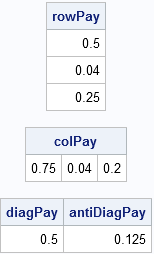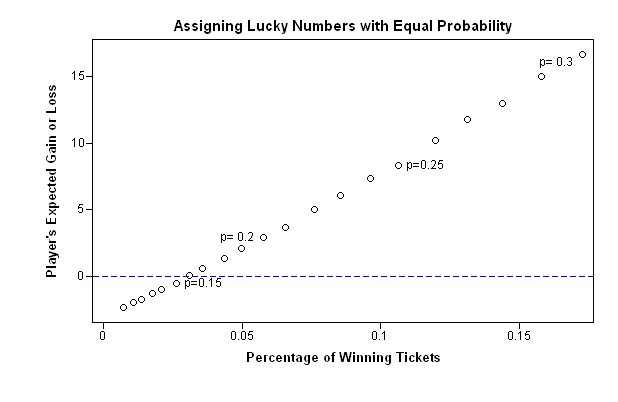The DO Loop
Statistical programming in SAS with an emphasis on SAS/IML programs
If you are a statistical programmer, sooner or later you have to compute a confidence interval. In the SAS/IML language, some beginning programmers struggle with forming a confidence interval. I don't mean that they struggle with the statistics (they know how to compute the relevant quantities), I mean that they

The Flowing Data blog posted some data about how much TV actors get paid per episode. About a dozen folks have created various visualizations of the data (see the comments in the Flowing Data blog), several of them very glitzy and fancy. One variable in the data is a categorical

Suppose that you want to create a matrix in SAS/IML software that has a special structure, such as a tridiagonal matrix. How do you do it? Or suppose that you want to find elements of a matrix A such that A[i,j] satisfies a certain condition. How do you get the

If you tell my wife that she's married to a statistical geek, she'll nod knowingly. She is used to hearing sweet words of affection such as You are more beautiful than Euler's identity. or My love for you is like the exponential function: increasing, unbounded, and transcendental. But those are

In a previous blog post, I described the rules for a tic-tac-toe scratch-off lottery game and showed that it is a bad idea to generate the game tickets by using a scheme that uses equal probabilities. Instead, cells that yield large cash awards must be assigned a small probability of

Because of this week's story about a geostatistician, Mohan Srivastava, who figured out how predict winning tickets in a scratch-off lottery, I've been thinking about scratch-off games. He discovered how to predict winners when he began to "wonder how they make these [games]." Each ticket has a set of "lucky
